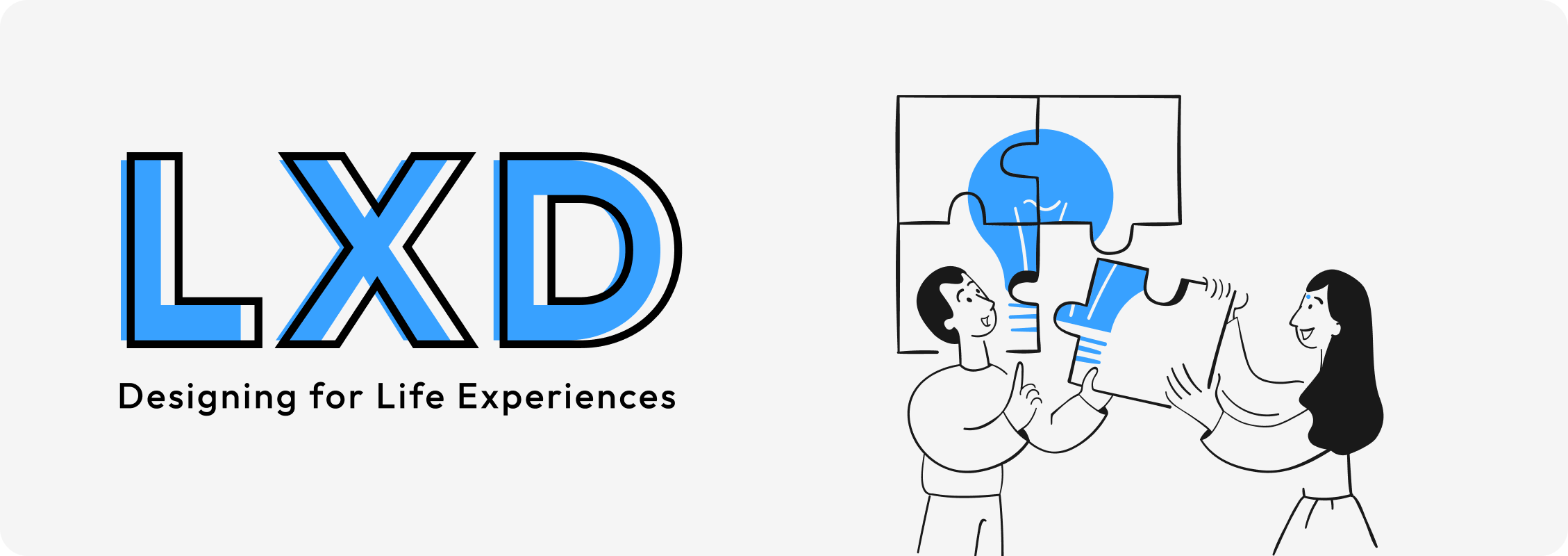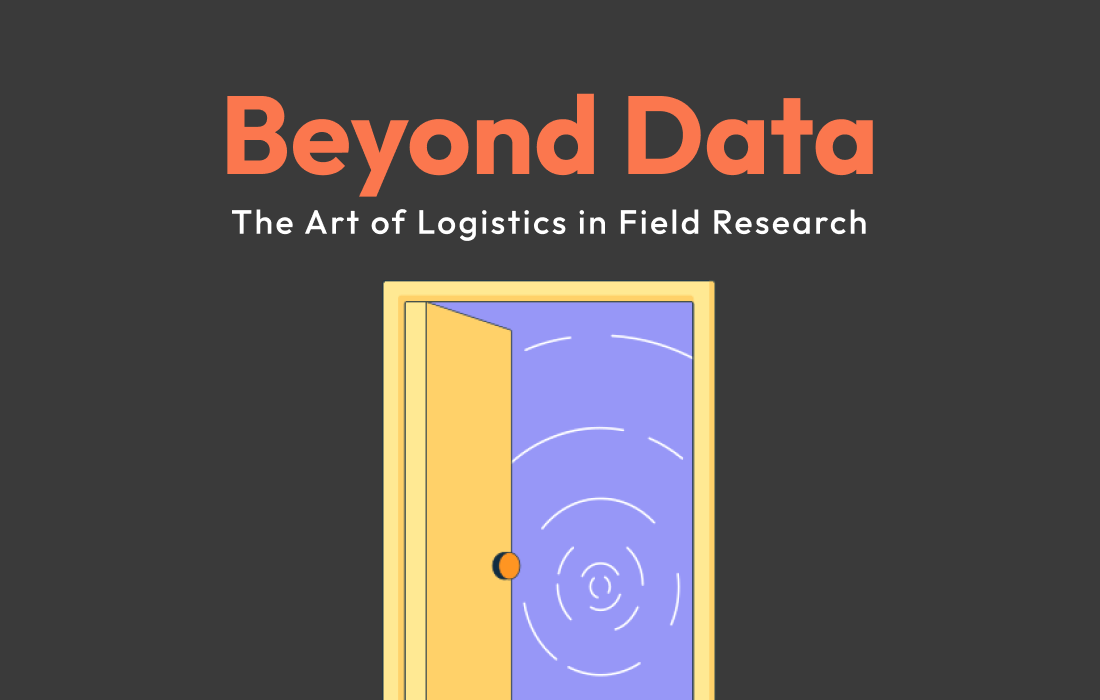Blogs
Life, Death, and LXD: Designing for Life Experiences
Sukhbir Singh
Posted On January 3, 2025

Life and death. Two profound forces that shape everything we do. One is the beginning of possibilities, growth, and connection, while the other forces us to reflect, let go, and consider our legacy. Between these two moments lies a tapestry of lived experiences—the everyday, the extraordinary, the joyful, and the painful.
As designers, we’re not just building products or systems; we’re creating experiences that become part of people’s lives. Enter LXD—Life Experiences Design.
LXD is a mindset that goes beyond usability or aesthetics. It’s about designing with empathy for the full spectrum of life—acknowledging that our work has the potential to enrich the human journey, from its brightest highs to its deepest lows.
Let’s delve into how life, death, and LXD come together in meaningful ways.
Life Is Fleeting, and So Are Designs
Nothing lasts forever—not moments, not people, and not even the most polished designs. Platforms like MySpace, Vine, and Adobe Flash were once pivotal in our digital lives, yet they’ve faded away. But their impact remains in the memories they created and the paths they paved.
As designers, our goal isn’t to create something eternal. Instead, it’s to make an impact while it’s here and ensure it exits gracefully when the time comes.
Some companies have embraced this reality with thoughtful features. Facebook’s “Memorialized Accounts” let loved ones preserve someone’s online presence, while Apple’s “Legacy Contact” helps families access and manage the digital lives of those who’ve passed. These designs don’t just solve problems—they bring care and meaning to some of life’s most difficult transitions.
Designing for Milestones and Transitions
Life is defined by milestones—birthdays, weddings, graduations—but also by the smaller, quieter moments in between. From starting a new fitness journey to navigating the loss of a loved one, every experience shapes who we are.
Great design shows up in both the big and small moments. Canva empowers people to create visuals for celebrations and tributes. Platforms like BetterHelp provide emotional support during life’s tougher times.
And then there’s the deeply personal realm of digital closure. Apple’s “Legacy Contact” ensures families can preserve cherished memories, while Facebook’s memorial features allow loved ones to honor and remember. These designs acknowledge the delicate transitions in life and offer a sense of continuity.
Change Is Inevitable, So Design for It
Life is always in flux. People’s needs, habits, and desires evolve, and the best designs grow alongside them.
Spotify is a perfect example. Starting as a music-streaming platform, it evolved into an experience tailored to individual lives. From curated playlists like “Discover Weekly” to mood-based mixes, Spotify adapts to users’ changing tastes and habits.
Designing for life experiences means embracing change rather than resisting it. It’s about creating systems that feel alive and relevant as people’s lives unfold.
People Remember How You Made Them Feel
Life is emotional. The highs, the lows, and the moments of quiet reflection are what make it meaningful. Designs that tap into these emotions are the ones that stay with us.
Duolingo, for instance, turns the frustrating task of learning a new language into something fun, lighthearted, and motivating. Calm, on the other hand, provides a soothing space for people to find peace and recharge during chaotic times.
Design isn’t just about solving functional problems. It’s about shaping how people feel—whether it’s joy, comfort, or empowerment.
What Will Your Legacy Be?
When it’s all said and done, what will you leave behind? It’s a question that applies not just to life, but to the things we create.
Some designs leave a lasting legacy. Wikipedia, for example, has become a global repository of knowledge that transcends generations. Platforms like Kiva, which empower people through micro-loans, enable lasting change in communities.
Features like Apple’s “Legacy Contact” and Facebook’s memorial tools also contribute to enduring legacies. They ensure that the digital lives of those we’ve lost are remembered, and their stories carried forward.
Designing for life experiences means thinking beyond immediate use—considering the long-term impact of what we create.
Final Thoughts: Designing for Life Experiences
Life and death remind us of one simple truth: time is precious. As designers, we have the unique opportunity to craft experiences that add richness and meaning to people’s lives.
LXD challenges us to think beyond functionality. It invites us to design for the full spectrum of human experiences—joyful, painful, and everything in between.
So, what kind of experiences will you create? Will they help someone celebrate? Heal? Remember? Let’s design not just for users, but for people living their stories.
What’s your take on LXD? I’d love to hear how you think design can make life more meaningful. Let’s keep the conversation going.


